Timothy Williamson, Overfitting and Heuristics in Philosophy, Oxford University Press, 2024280pp., $29.95 (hbk), ISBN 9780197779217.
Reviewed by Daniel Greco, Yale University.


Once synonymous with hippies and hallucinatory experiences, psychedelic drugs are now being explored for their medical potential. The stigma of that era resulted in research being suppressed by drug laws, yet with mental health treatments hitting limits, scientists have returned to this controversial corner of medicine.
Substances like psilocybin (found in magic mushrooms) and ayahuasca are now being taken seriously by scientists and doctors, not for the visions they induce, but for the healing potential they possess.
Initially, this focused on treating mental health conditions like depression, where currently prescribed drugs only help a minority of patients. But these investigations have now expanded to include diseases driven by inflammation, which psychedelic drugs may help reduce by calming down the immune system.
Magic mushrooms and LSD may do more than bend minds: they could fight inflammation linked to depression, arthritis and heart disease.
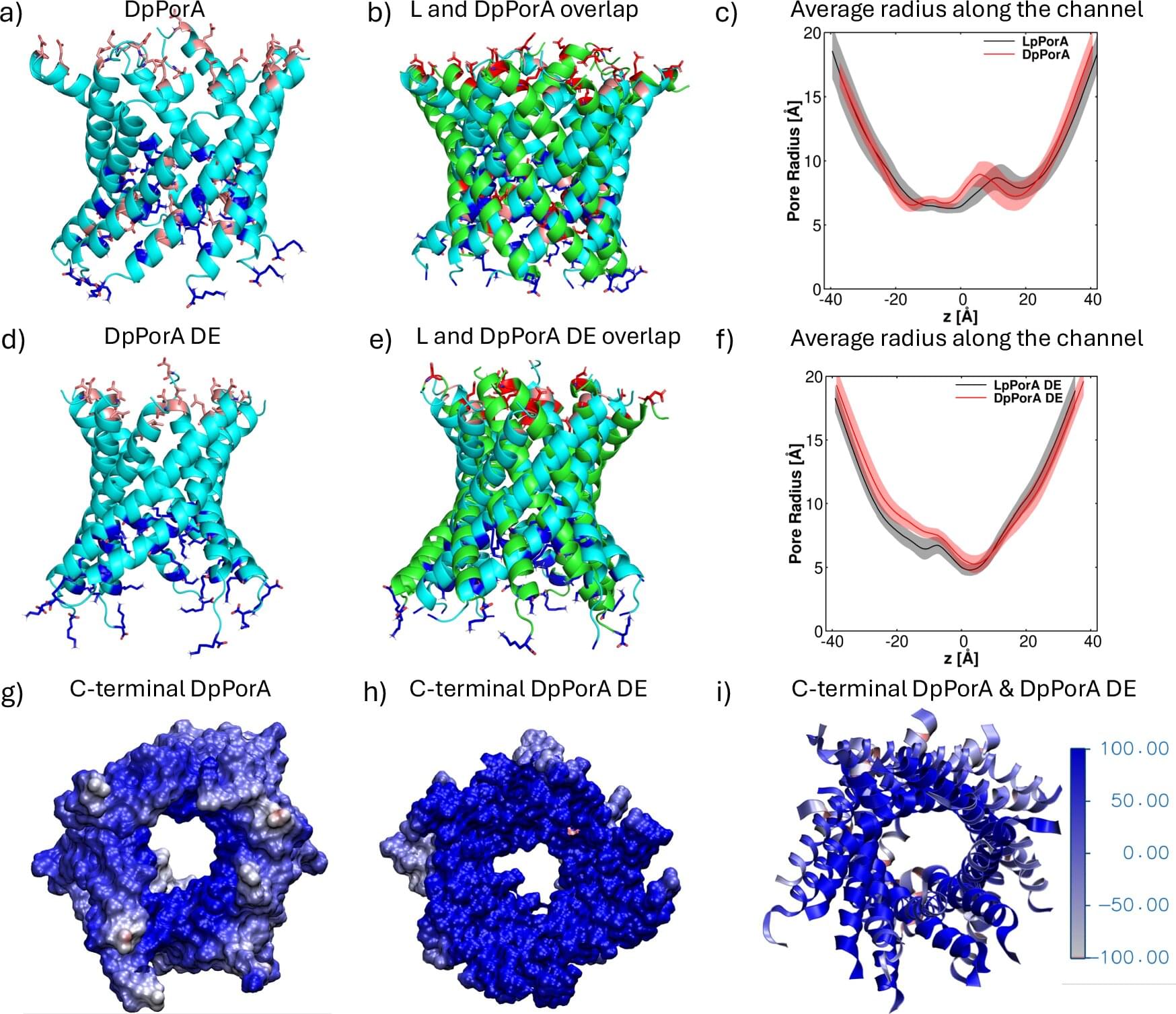
For the first time, researchers have successfully fabricated and characterized a fully functional mirror-image nanopore—a molecular gateway built entirely from D-amino acids, the mirror-image forms of the natural building blocks of proteins. The work, led by Prof. Dr. Kozhinjampara R. Mahendran at the Rajiv Gandhi Center for Biotechnology (India) in collaboration with Constructor University and other partners, demonstrates not only a major milestone in nanoscience but also opens promising biomedical applications, including potential cancer therapies.
Proteins in nature are almost exclusively built from L-amino acids, while their D-amino acid counterparts usually play only minor roles. Constructing entire proteins from D-amino acids is extremely challenging, yet offers striking advantages: Such mirror-image structures are often more resistant to degradation and may interact differently with biological systems.
In this study, the team designed a synthetic stable and well-defined D-peptide pore called DpPorA. Remarkably, by modifying the charge distribution, they were able to create superior versions of these pores with enhanced conductance and selectivity under different salt conditions.

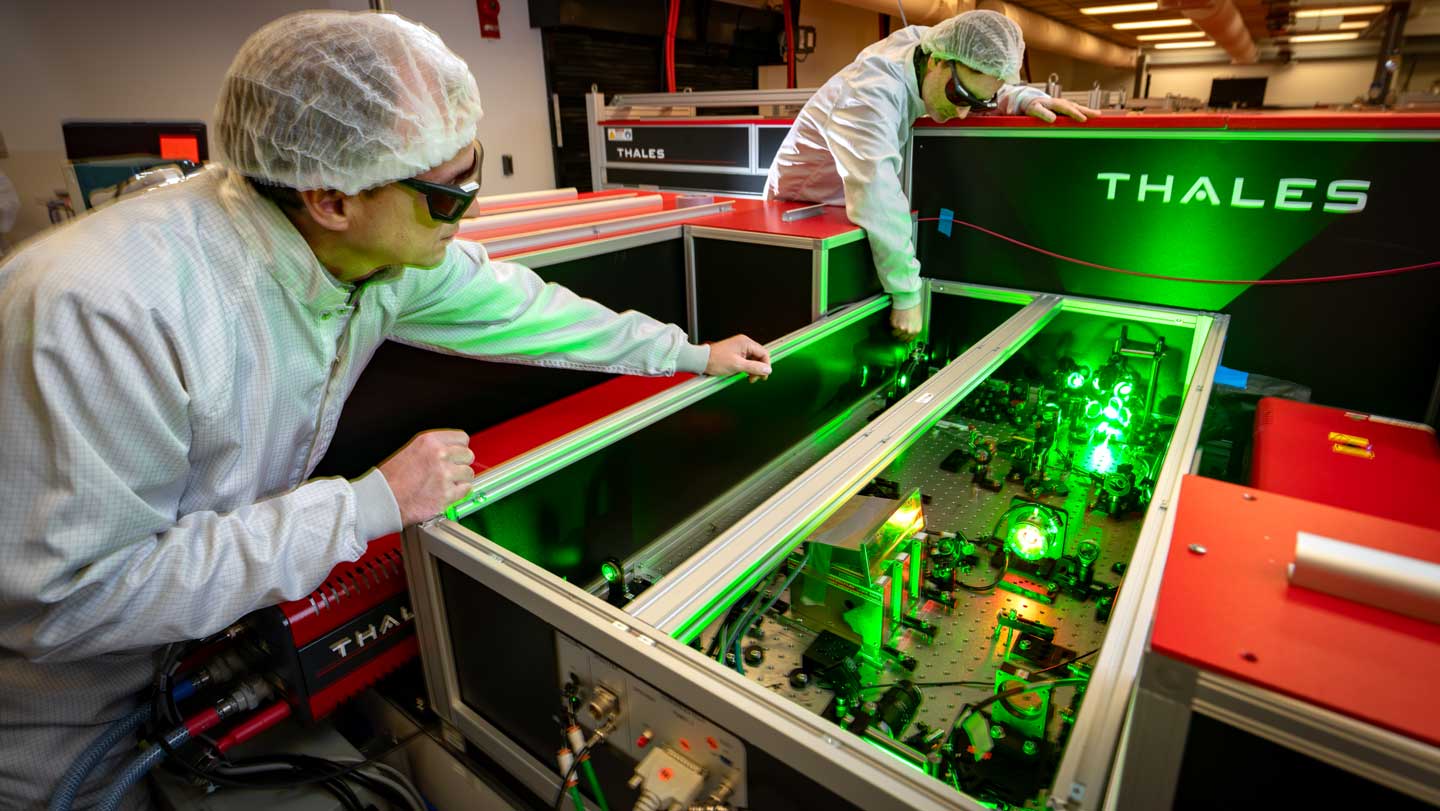
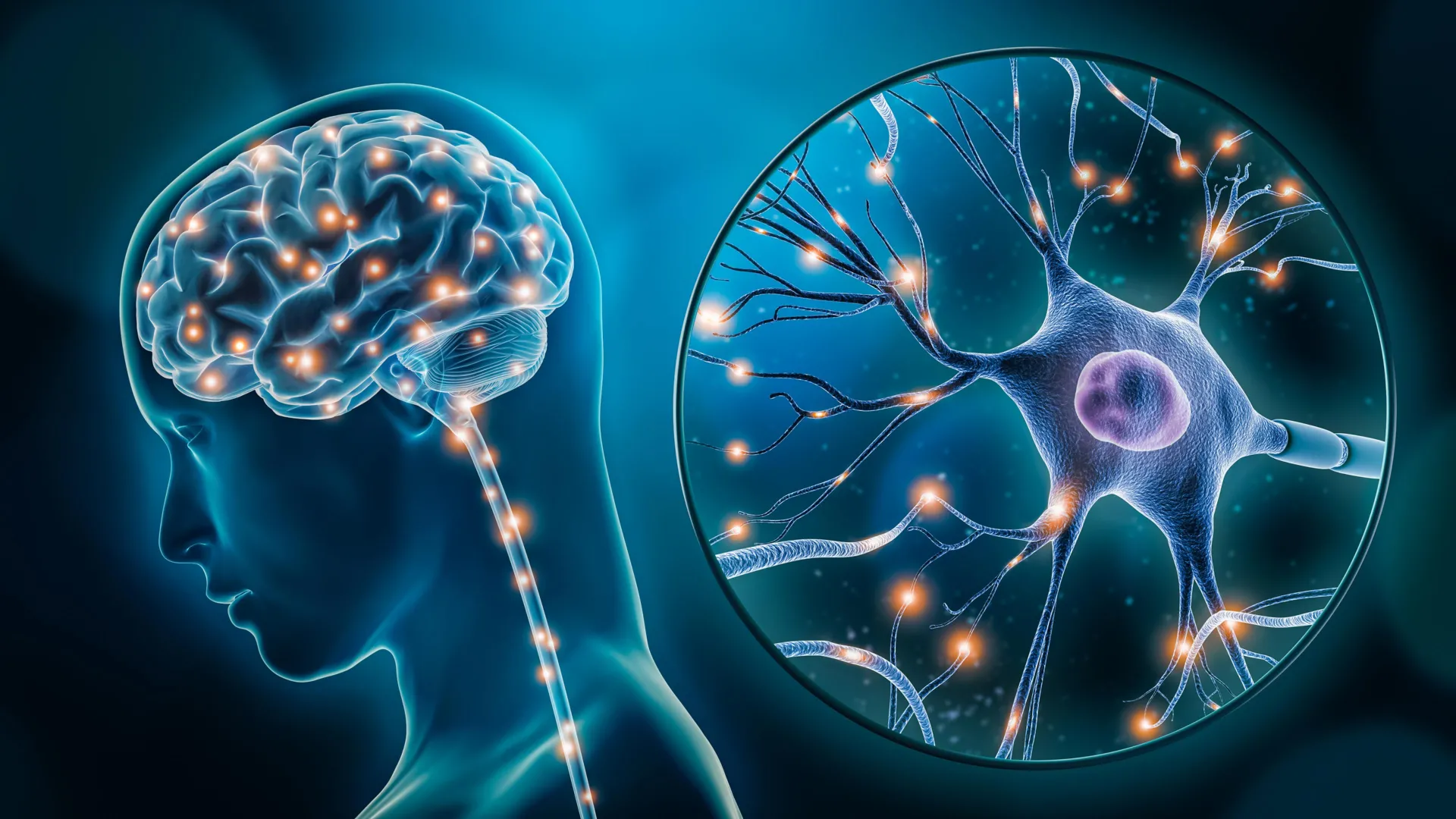
Scientists identified two types of brain cells, neurons and microglia, that are altered in people with depression. Through genomic mapping of post-mortem brain tissue, they found major differences in gene activity affecting mood and inflammation. The findings reinforce that depression has a clear biological foundation and open new doors for treatment development.
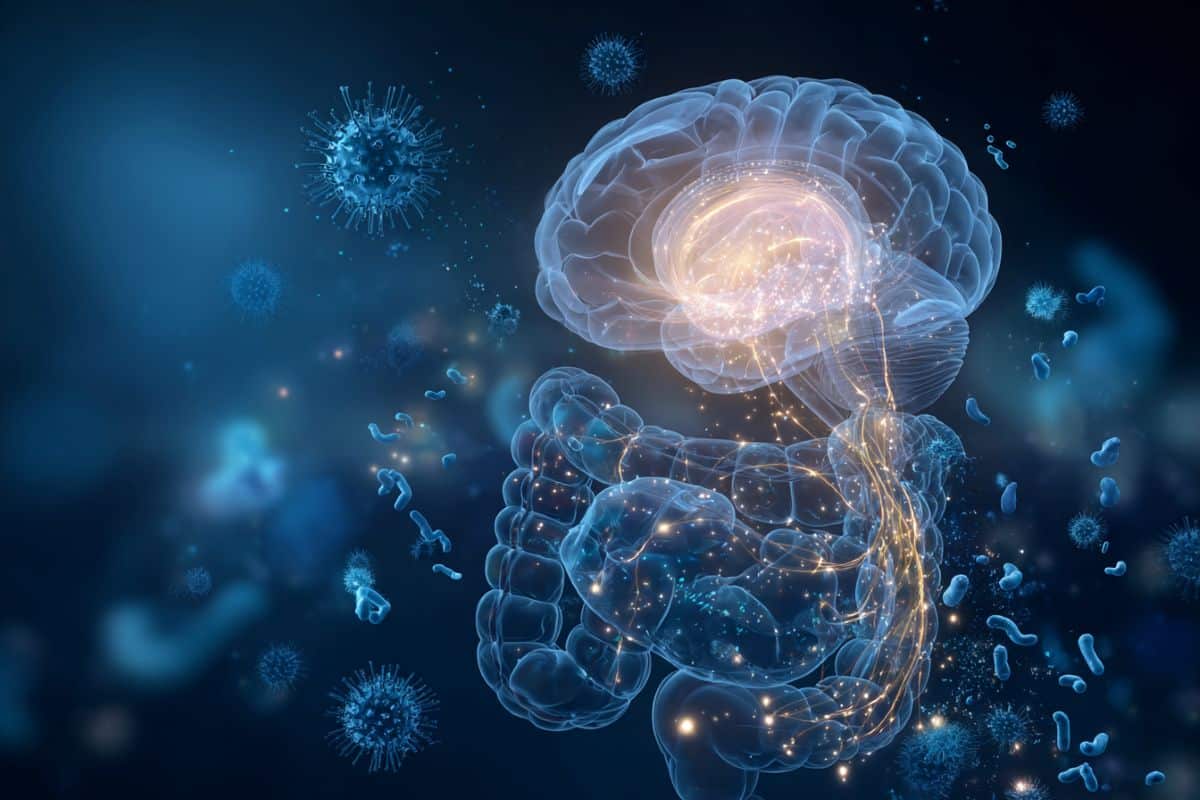
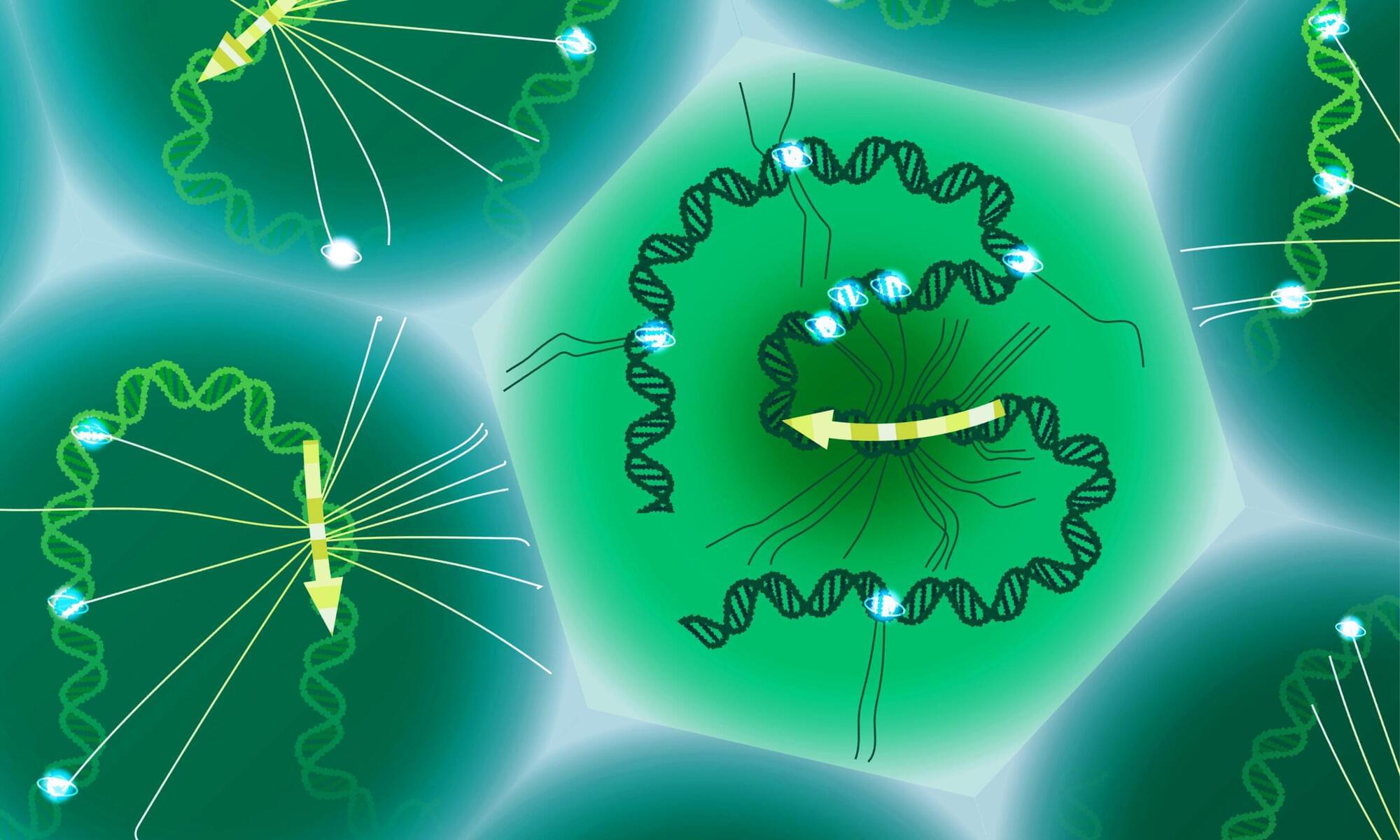
Scientists have long suspected connections between heredity and disease, dating back to Hippocrates, who observed certain diseases “ran in families.” However, through the years, scientists have kept getting better at finding ways to also understand the source of those genetic links in the human genome.
EMBL scientists and collaborators have now developed a tool that goes beyond current single-cell technology by capturing genomic variations and RNA together in the same cell, increasing precision and scalability compared to previous technologies. Able to determine variations in non-coding regions of the genome, this tool transforms how scientists can study the parts of DNA where variations linked to disease are most likely to occur. This single-cell tool, with its high precision and throughput, represents an important advance in drawing correlations between genetic variants and disease.
“This has been a long-standing problem, as current single-cell methods to study DNA and RNA in the same cell have had limited throughput, lacked sensitivity, and are complicated,” said Dominik Lindenhofer, the lead author on a new paper about SDR-Seq published in Nature Methods and a postdoctoral fellow in EMBL’s Steinmetz Group.
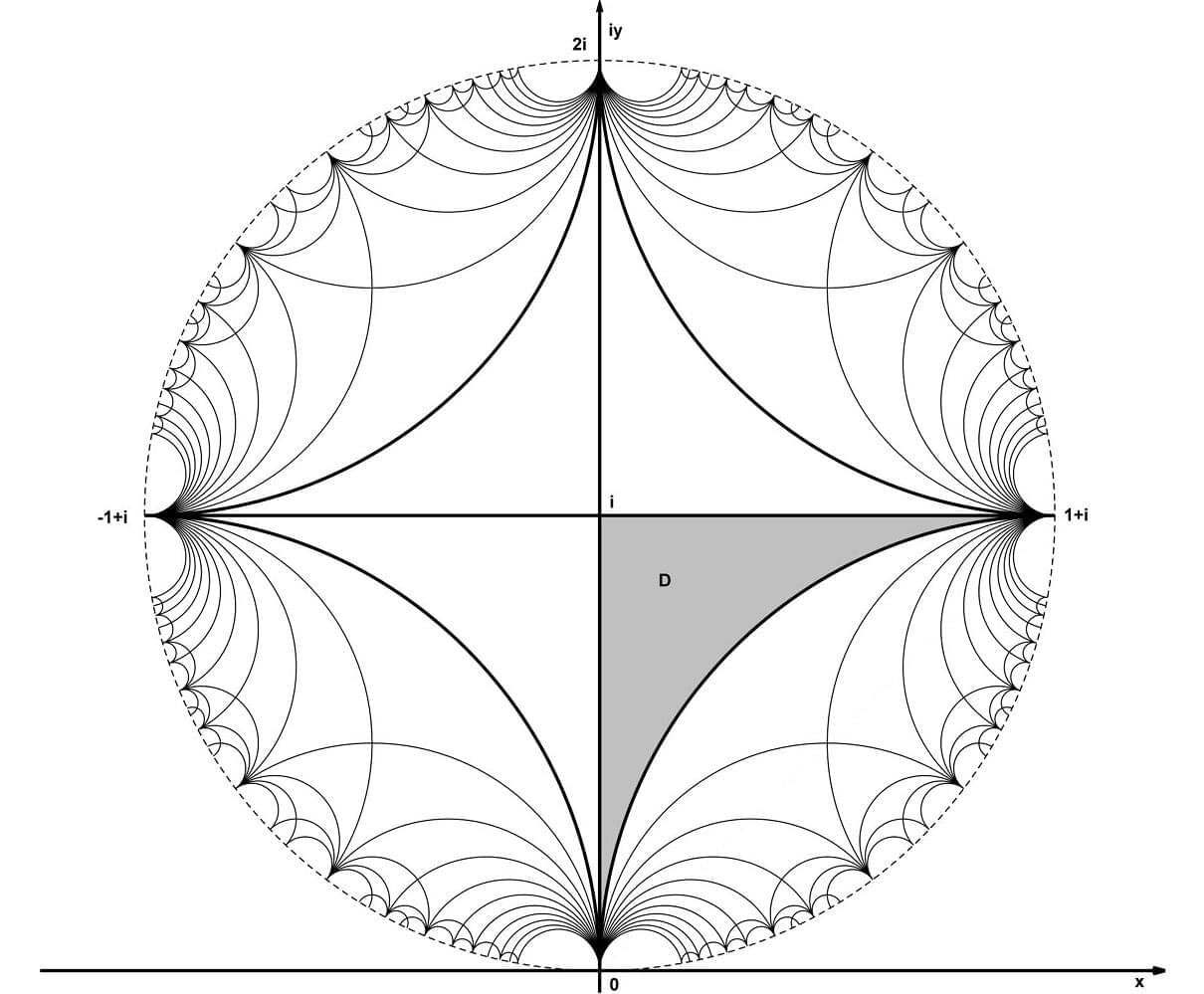
In a recent study, mathematicians from Freie Universität Berlin have demonstrated that planar tiling, or tessellation, is much more than a way to create a pretty pattern. Consisting of a surface covered by one or more geometric shapes with no gaps and no overlaps, tessellations can also be used as a precise tool for solving complex mathematical problems.
This is one of the key findings of the study, “Beauty in/of Mathematics: Tessellations and Their Formulas,” authored by Heinrich Begehr and Dajiang Wang and recently published in the scientific journal Applicable Analysis. The study combines results from the field of complex analysis, the theory of partial differential equations, and geometric function theory.
A central focus of the study is the “parqueting-reflection principle.” This refers to the use of repeated reflections of geometric shapes across their edges to tile a plane, resulting in highly symmetrical patterns. Aesthetic examples of planar tessellations can be seen in the work of M.C. Escher. Beyond its visual appeal, the principle has applications in mathematical analysis—for example, as a basis for solving classic boundary value problems such as the Dirichlet problem or the Neumann problem.

Scientists at Monash University have created a tiny fluid-based chip that behaves like neural pathways of the brain, potentially opening the door to a new generation of computers.
Roughly the size of a coin, the chip was built from a specially designed metal-organic framework (MOF), and channels ions through tiny pathways, mimicking the on/off switching of electronic transistors in computers.
But unlike conventional computer chips, it can also “remember” previous signals, mimicking the plasticity of neurons in the brain.